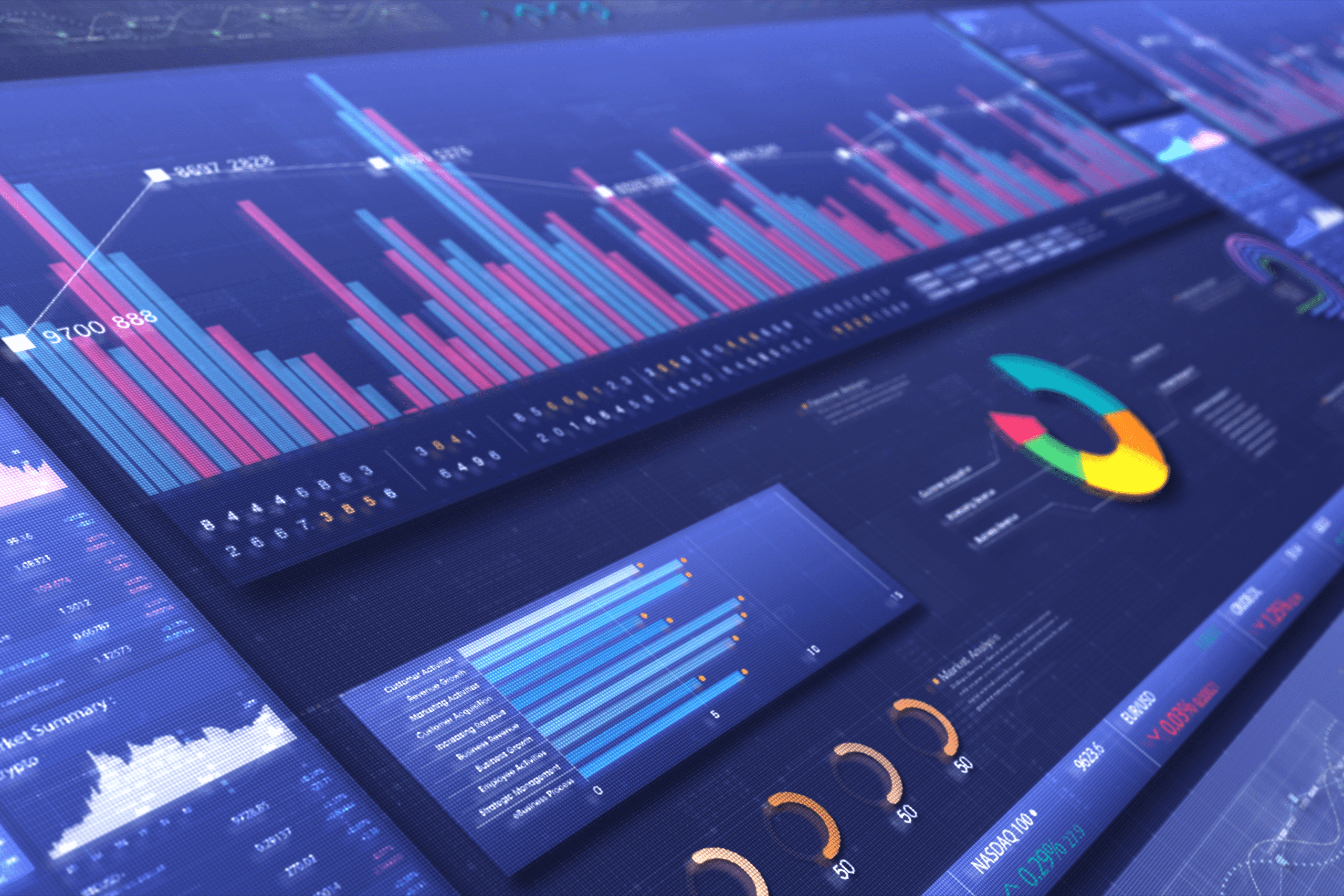In the fast-paced realm of digital commerce, the ability to swiftly adapt and respond to evolving market trends and consumer behavior is paramount. Business intelligence (BI) in marketing and sales isn’t just a tool; it’s a pivotal asset that empowers companies to not only survive but thrive by making informed, data-driven decisions. This blog explores the transformative impact of BI tools on marketing and sales strategies, offering insights into how organizations can optimize their operations and maximize ROI.
Why Marketing and Sales BI?
Every customer interaction generates data—data that holds the key to unlocking profound insights into consumer preferences, buying behavior, and engagement patterns. Marketing and sales BI transforms this raw data into actionable intelligence, enabling businesses to craft strategies that resonate deeply with their target audience.
Tailored Marketing Campaigns
Imagine deploying marketing campaigns that are not based on intuition alone but are driven by data-anchored insights. BI tools analyze historical data and real-time inputs to identify trends and predict future behaviors. This means you can personalize your marketing efforts to cater specifically to the desires and needs of different customer segments, increasing the efficacy of your campaigns and enhancing customer satisfaction.
Enhanced Customer Journeys
BI tools provide a granular view of the customer journey across multiple touchpoints. By understanding the paths customers take, businesses can identify bottlenecks or drop-off points and refine the user experience. Improving these key interactions increases conversion rates and fosters brand loyalty, ultimately boosting your bottom line.
Optimized Pricing Strategies
Pricing strategy can make or break a market opportunity. BI leverages competitive data, market trends, and customer elasticity to recommend optimal pricing points. Such dynamic pricing strategies ensure that your offerings remain competitive while maximizing profit margins.
Real-time Sales Analytics
In a world where market conditions can change in the blink of an eye, the ability to pivot quickly is invaluable. Real-time sales analytics provide immediate insights into what’s working and what isn’t, allowing businesses to adjust their tactics on the fly. Whether it’s ramping up successful campaigns or pausing underperforming ones, real-time data ensures that your resources are always optimally allocated.
Predictive Analytics for Forecasting
One of the most powerful features of marketing and sales BI is predictive analytics. By understanding past patterns and forecasting future trends, businesses can anticipate market demands and adjust their strategies accordingly. This forward-looking approach not only prepares companies for future challenges but also uncovers new market opportunities.
Streamlined Reporting
Reporting can often be time-consuming and complex. BI tools streamline this process by providing customizable dashboards that offer key metrics at a glance. These insights can be shared across teams and departments to ensure everyone is aligned with the company’s goals and strategies.
Key Takeaway
The strategic integration of BI into marketing and sales processes is not just about handling data efficiently; it’s about transforming that data into a cornerstone of your business strategy. It empowers companies to not only understand their past and present but also to predict and shape their future. In an era where data is abundant, the ability to distill this into strategic insights can be the difference between leading the market or lagging behind.
For leaders aiming to position their brands at the forefront of innovation and customer satisfaction, investing in marketing and sales business intelligence is not just beneficial; it’s imperative.
Feel free to share this post across your networks and spark a conversation about how data-driven strategies are redefining business landscapes. Engage with us through comments on social media — let’s discuss how intelligence is driving smarter, faster business decisions.


